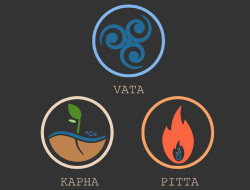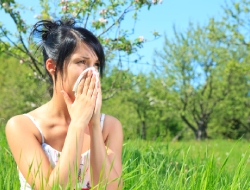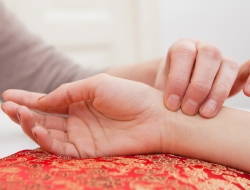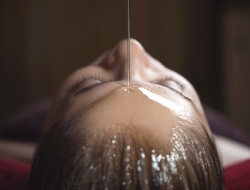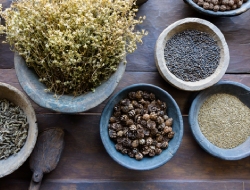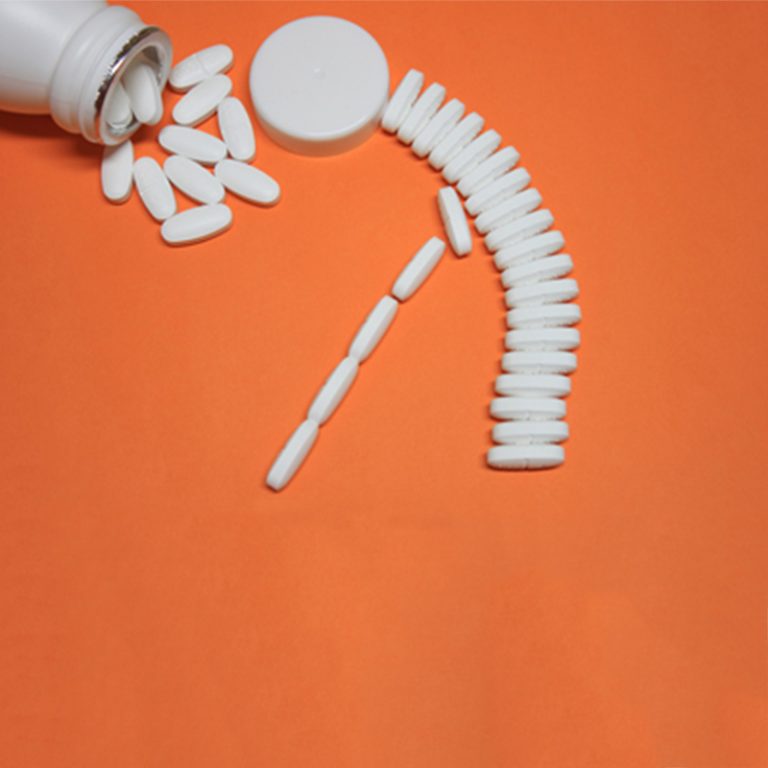What is Peri-Menopause? And How is it Different from Menopause?
Today we are going to briefly explain their definitions, and their main differences.
There are 3 different stages:
1. Peri-menopause:
The easiest way to explain this stage is to look at it as the “transition phase” between a healthy reproductive system and a non-functioning reproductive system, and when symptoms start to appear.
2. Menopause
In simple terms, Menopause is the moment in the life of a woman when the female reproduction system stops functioning, and pregnancy becomes not possible.
3. Post Menopause:
This is the final stage which comes after menopause and continues for the rest of a woman’s life, this is a phase where the symptoms begin to ease off.
There are 3 main causes:
1) Induced (caused by surgery, radiation, or chemical therapy)
2) Natural (which happens naturally as a woman ages, mostly between 40 and 60 years old)
3) Severe illness (such as cancer, heavy fever etc)
How can you identify the signs that you are in perimenopause (or transitioning into Menopause)
Here is a Infographic for the most common peri-menopause symptoms and they are divided into Physical (blue) and Psychological (red).
The most common perimenopause symptoms physical symptoms may include:
- Hair loss
- Lack of Energy
- Hot Flashes
- Night sweats
- Loose muscles (especially arms and thighs)
- Loose Breast tissues
- Weight gain
- Urinary urgency
- Join Pain
- Muscle aching
- Ankle and wrist swelling
The most common Psychological symptoms may include:
- Memory blanks
- Mood swings
- Aggressiveness
- Insomnia
- Feeling nervous
- Food cravings and increased appetite for desserts
What should you do if you identify you are experiencing these perimenopause symptoms:
- Visit your doctor so that he can prescribe a medicine to help normalize the levels of estrogens in your body.
- You can also start breathing and yoga exercises to help fight some of the psychological symptoms.
- Using natural ingredients or creams for your skin to help keeping it healthy.
- Consuming Isoflavones is a natural and really effective in reducing most symptoms and especially effective at minimizing hot flashes.
Perimenopause Natural Treatments
- Incorporate herbs like Shatavari, Brahmi and Arjuna into your daily/weekly routine to counter the hormone fluctuations that take place during perimenopause. Always consult an Ayurvedic practitioner, to get a detailed understanding of Ayurvedic herbs and which herb is personally best for your consumption.
- Doing regular yoga practices such as butterfly pose and cobra pose is one of the best perimenopause natural treatments. Such yogic practices not only reduce stress, but also strengthen the female reproductive systems.
- Maintaining a healthy weight is also a crucial aspect of natural treatment of perimenopause.
- Drinking chamomile tea may also help in alleviating perimenopausal symptoms and is known to be an effective perimenopause natural treatment.
- To learn more about natural treatment for perimenopause in Australia, book a *free 10 minute consultation with Yatan Holistic Ayurvedic Centre today.
*Free for new patients only.
What are the first signs of perimenopause?
The first signs perimenopause are as follows:
- Mood swings
- Lack of focus
- Irregular sleep patterns.
- Hot flashes
- Night Sweats
- Change in your menstrual cycle.
If you are looking for a bespoke treatment for perimenopause in Australia, reach out to us at Yatan Holistic Ayurvedic centre on 1300 552 260.
How long does perimenopause last?
The time period for perimenopause might differ depending on your body type and personal constitution. On an average a person may experience perimenopause for about 4 to 5 years.
Frequently Asked Questions
What are the symptoms of perimenopause?
The symptoms of perimenopause can vary from person to person. The common symptoms may include irregular periods, hot flashes, night sweats, mood swings, fatigue, and hair fall.
What is the average time period of perimenopause in a woman’s life?
Perimenopause, on average, lasts around 4-5 years. It typically starts in the early 40s and continues until menopause is reached.
What are the risks of perimenopause?
The risks of perimenopause may involve osteoporosis and heart disease. It’s also a time when some women may experience weight gain, sleeplessness, and changes in cholesterol levels. Therefore, maintaining a healthy lifestyle becomes crucial.
How can I manage the symptoms of perimenopause?
Managing perimenopause symptoms involves adopting a balanced lifestyle, which includes a nutritious diet, yoga, stress management, Ayurvedic detoxification (panchakarma), and proper sleep. A regular practice of such habits may help alleviate symptoms of perimenopause.
What are the Ayurvedic herbs for perimenopause?
Ayurveda suggests herbs like Shatavari, Ashwagandha, Arjuna and Triphala to support women during perimenopause. But before starting any ayurvedic herbs, always consult an Ayurvedic practitioner.
What are the Ayurvedic foods for perimenopause?
Foods rich in antioxidants, fibre, and healthy fats are beneficial during perimenopause. One must include plenty of fruits, vegetables, whole grains, and ghee in your diet. Avoid foods which are laden with preservative, artificial colours and additives. If possible, cut down on excess caffeine.\
What are the Ayurvedic lifestyle practices for perimenopause?
Ayurvedic practices focus on self-care routines such as meditation, yoga, and pranayama (breathing exercises) to balance the body and mind during perimenopause. Proper rest and living a stress free life is also important.
When should I see a doctor about perimenopause?
If your perimenopause symptoms are disrupting your daily life and regular day to day activities, it’s a good idea to consult a healthcare professional or an Ayurvedic practitioner. They can provide guidance, create a treatment plan and suggest lifestyle changes.
What are the doshas in Ayurveda?
Ayurveda recognises three doshas: Vata, Pitta, and Kapha. These doshas represent different combinations of the five elements (earth, water, fire, air, and sky/space) and influence our bodily constitution.
How can I balance my doshas during perimenopause?
Balancing your dosha means understanding your personal constitution and aligning your lifestyle in a way that leads to balance of the Vata, Pitta and Kapha. This may include dietary modification, consuming herbs, doing yoga and refraining from processed foods. Consulting an Ayurvedic practitioner can be beneficial in this regard.

*Discover holistic healing with a complimentary phone or video consultation from our expert Ayurvedic practitioner. Start your path to better health today!*

